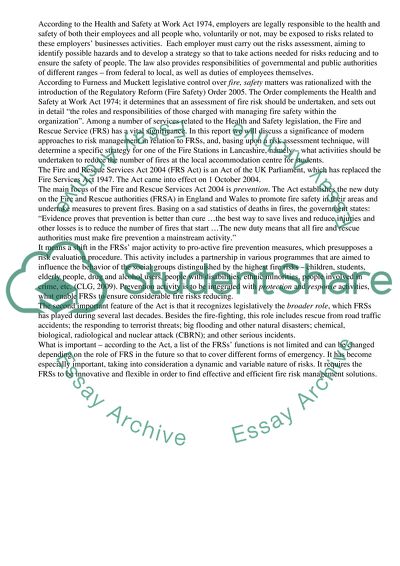Cite this document
(Fire and Rescue Risk Management Report Coursework, n.d.)
Fire and Rescue Risk Management Report Coursework. Retrieved from https://studentshare.org/management/1738724-risk-management
Fire and Rescue Risk Management Report Coursework. Retrieved from https://studentshare.org/management/1738724-risk-management
(Fire and Rescue Risk Management Report Coursework)
Fire and Rescue Risk Management Report Coursework. https://studentshare.org/management/1738724-risk-management.
Fire and Rescue Risk Management Report Coursework. https://studentshare.org/management/1738724-risk-management.
“Fire and Rescue Risk Management Report Coursework”, n.d. https://studentshare.org/management/1738724-risk-management.


